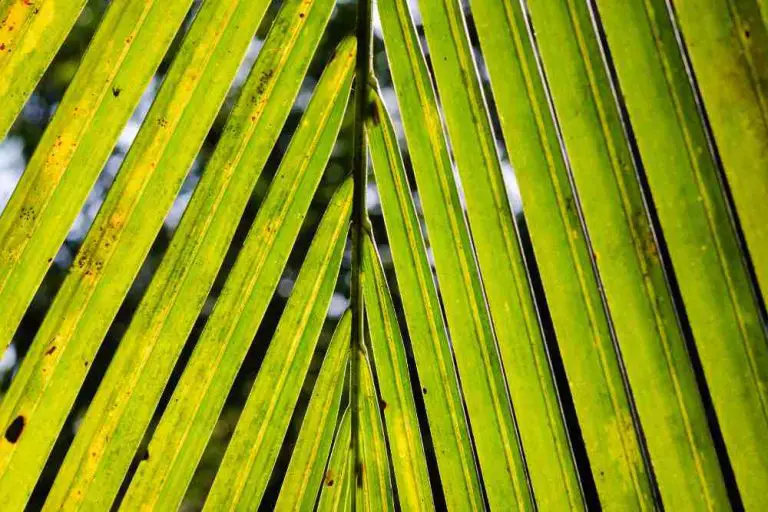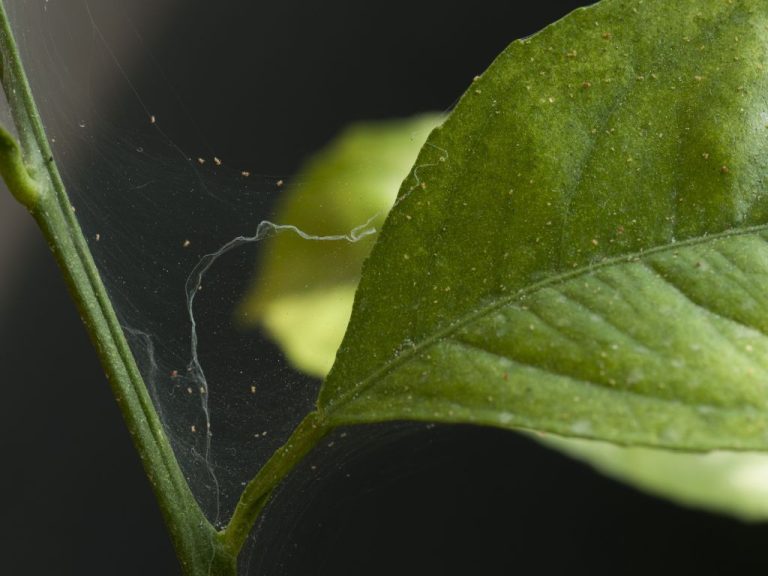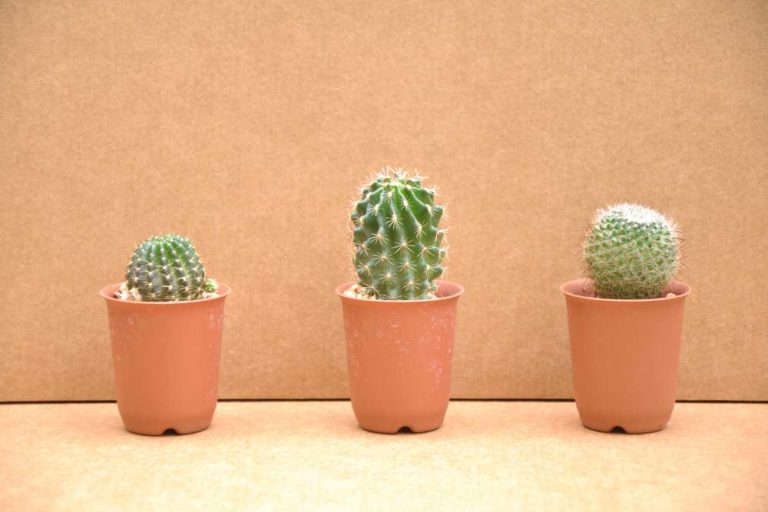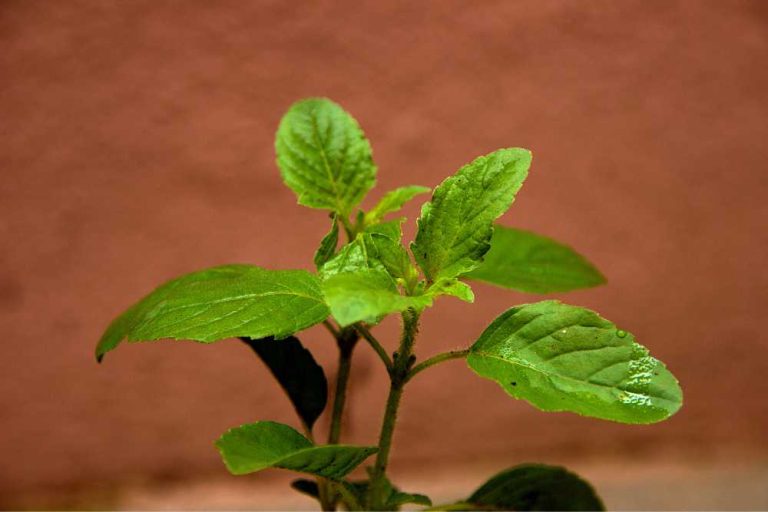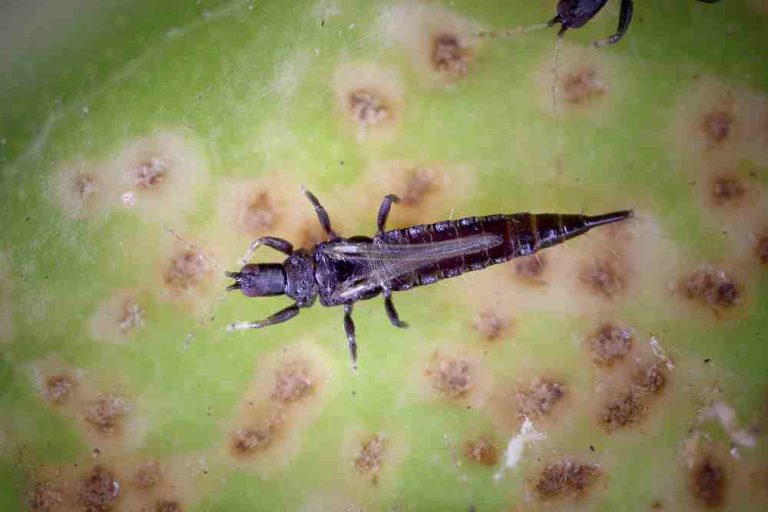Ultimate Guide to Controlling Aphids in Your Garden
Aphid is the common name for the insects belonging to the superfamily Aphidoidea, within the order Hemiptera. All aphids are small, soft-bodied insects with long, slender mouthparts, and pear-shaped insects with long legs and antennae.
Most species of aphids have a pair of tube-like structures called cornicles projecting backward out of their bodies’ hind ends and may be yellow, green, purplish, black, or other colors. Aphids’ size ranges from less than 1/16 inch in length to more than 1/8 inch. There are approximately 4,400 aphid species in the world.
Aphids Damage
Aphids use mouthparts to pierce stems, leaves, and other tender plant parts and suck out plant fluids. They can even feed on bark also. Large populations of aphids cause curling, stunting of shoots, yellowing, and distortion of leaves.
Aphids produce large amounts of a sugary liquid waste called “honeydew”. Honeydew coats infested leaves and other plant parts and may drip from infested plants to objects beneath. A fungus called sooty mold (Capnodium spp.) can grow on honeydew deposits.
Honeydews accumulate on leaves and branches and turn them black. When the first time noticed aphid infestation, the appearance of sooty mold on plants can be seen. The drops can attract other insects like ants, that will feed on the sticky deposits.
Aphids are responsible for the transmission of about 60% of all plant viruses on agricultural crops worldwide. The viruses transmitted by aphids cause mottling, yellowing, or curling of leaves and stunting of plant growth.
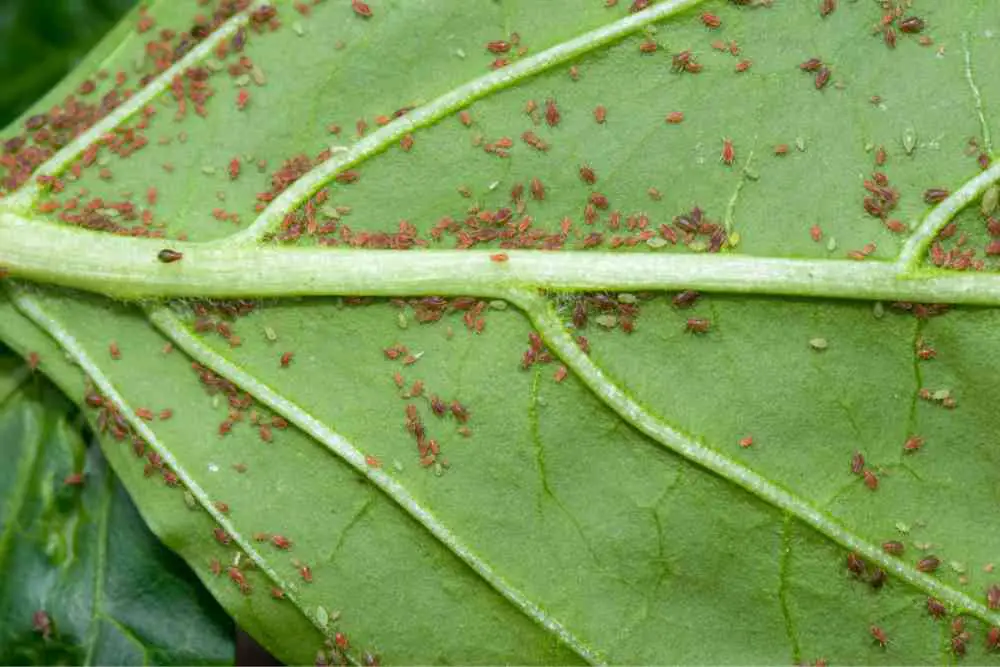
Viruses are difficult to prevent by controlling aphids because infection occurs even when aphid numbers are meager. Aphids take only a few minutes to transmit the virus, but it takes a much longer time to kill the aphid using an insecticide. Squashes, cucumbers, lettuces, pumpkins, melons, beans, potatoes, beets, and chards are crops that often have aphid-transmitted viruses associated with them. A few species cause gall formations.
Adults may or may not have wings. Most of the aphid species also occur in winged forms, especially when populations are high or during spring and fall. Aphids are mostly found on plants in large numbers since they are capable of rapid population increases.
Aphids Life Cycle
There are several variations of the aphid life cycle. Aphids reproduce parthenogenetically. Most kinds of aphids hatch as females from overwintering eggs is why the rapid population of aphids and these females give birth to living females only, which gives birth to living females. Winged males and females are produced later in the season, and soon the overwintering eggs are laid. Young aphids are called nymphs.
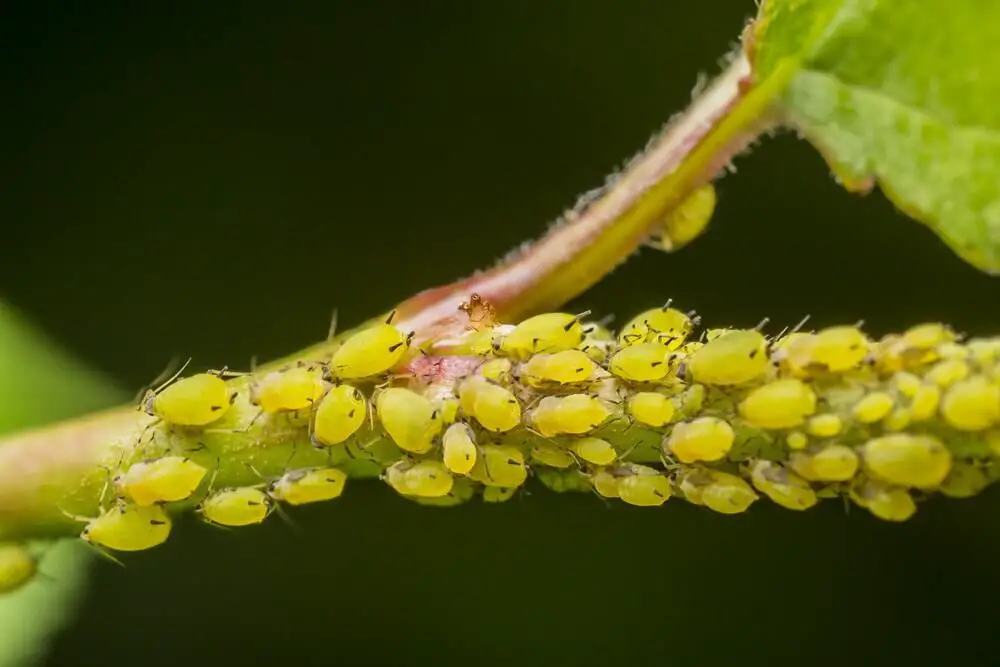
They molt, shedding their skins about four times before becoming adults. There is no pupal stage in aphids’ life cycle. Aphid nymphs are genetic clones of their mothers. Populations can increase explosively. Nymphs feed on plant sap and increase gradually in size, and they mature in 7 to 10 days, and they are ready to produce live young. Each adult aphid can produce up to 80 offspring in a matter of a week. Aphid populations can increase with astonishing speed.
Aphids Monitoring
Effective management of aphids requires monitoring of the plants regularly. Many aphids cause the most significant damage when warm but not hot (65° to 80°F). Identify infestations early. The plants should be inspected by gently turning the leaves to check the undersides because Many aphid species prefer the leaves’ undersides, where aphids inhabit. As the plant matures, flower buds and leaves should also be inspected for aphids.
It’s important to check for evidence of natural enemies such as lady beetles, syrphid fly larvae, lacewings, and the mummified skins of parasitized aphids. Ants are often attracted to the honeydew, therefore if you see ants on your plants, scrutinize them for aphids also: an aphid colony appears on the leaves or stems above it may be indicated by white cast skins on the leaves of a plant is indicated.
Aphids Management
If the infestation is detected, early aphid control is much more successful. Sanitation is vital and eliminates all weeds within or near your greenhouses. Cultural practices, like physical barriers, removal of the crop in space and time, mulching, crop rotation, border crops, and cover crops, can deter aphids from colonizing a host plant. Both synthetic and living mulches can be used. In sustainable agriculture, practising prevention strategies is one of the most important tactics that growers can use to minimize aphid damage.
Predators such as syrphid fly maggots, ladybird beetles, and lacewing larvae often eat aphids, and certain parasites also feed on them. This beneficial help keep aphid numbers down.
But populations often build up to the point where plant damage occurs before these predators and parasites suppress them. It is best to use fungal pathogens while the infestation is small, not against a significant infestation.
Repeated applications of fungal pathogens at 3-5 day intervals may be necessary for a rapidly growing infestation—the use of various natural enemies for aphid control on greenhouse crops. In a greenhouse discard old stock plants, hang baskets that have not sold, and don’t keep “pet” plants. Mainly during the Fall and Spring, Screen doors and vents to prevent migration into the greenhouse. In the greenhouse avoid planting aphid-susceptible cultivars near doorways or vents where they could be infested from an outside source.
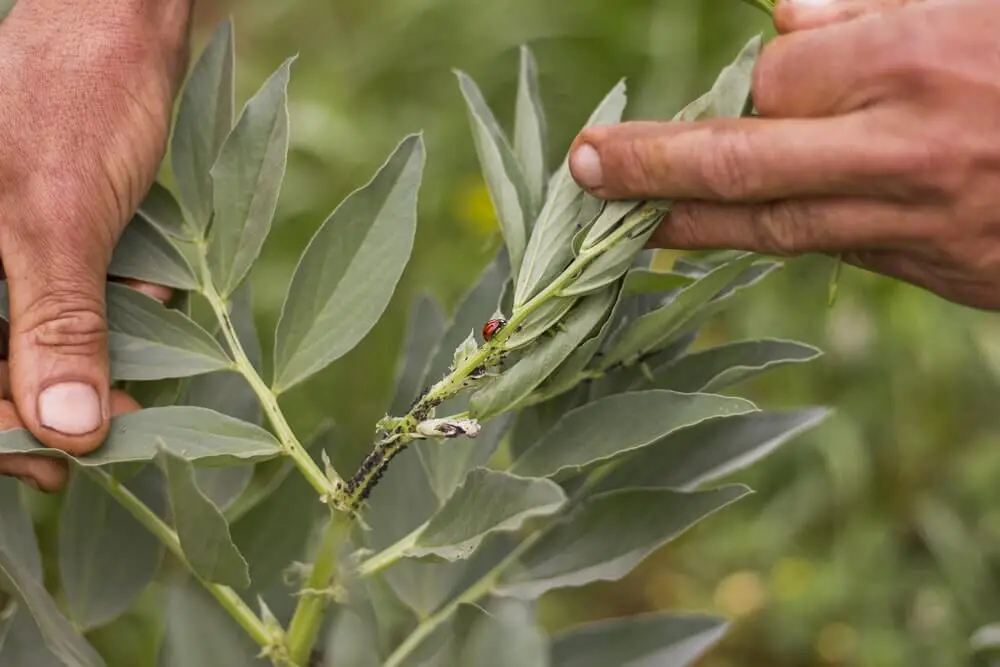
If the infested plant is small, a strong stream of water from a hose can remove enough aphids and keep their numbers below damaging levels. The stream should not be so forceful as to damage tender plant parts.
Dislodged aphids will not be able to return to the plant, and also their honeydew will be washed off as well. Ants frequently tend and protect aphids from their naturally promoting aphid population build-up. As a biological control banding trees with sticky material can prevent ant interference.
Aphid populations are localized on new shoots or a few curled leaves. The best control is to prune these areas out and dispose of them. Some aphids can be seen in the dense inner canopy of large trees; pruning these areas out can make the habitat less suitable.
High levels of nitrogen fertilizer favor aphid reproduction therefore ever use more nitrogen than necessary. Use less soluble forms of nitrogen fertilizers and apply nitrogen fertilizers in small portions throughout the season rather than all at once.
There are several insecticides effective against aphids, including oils and insecticidal soaps. Insecticides like oils and soaps are also safer to use when children and pets may be present. Summer oils are used against aphids on some trees and ornamental plantings. These oils are useful in interfering with the transmission of viruses.
They should be applied early in the growing season (two weeks after planting) as aphids are known to colonize plants shortly after germination. Oils kill by suffocating the insects and/or disrupting their membranes.
It’s important to check the label for caution on sensitive plants because oils can injure some plants’ foliage. Weather conditions, such as high temperatures can increase the potential for foliage burn. It’s recommended not to spray dormant oils during the growing season.
Since there is no residual effect additional applications may be necessary. Nervous system insecticides, like malathion, Dursban (chlorpyrifos), and Orthene (acephate), are labeled for many shade tree and ornamental plants aphid control.
Fatty acid salts or Insecticidal Soaps are perfect against aphids. Summer oils apparently work to disrupt insect cell membranes; therefore, it requires direct contact with the insects and leaves no residual effect. As with oils and soaps, coverage is essential, and a follow-up application may be necessary. The plant or crop treatment should be listed on the product label.
- 20+ Chic Boho Bedroom Ideas for a Cozy and Stylish Retreat - June 20, 2024
- 12+ Modern Boho Living Room Ideas to Create a Unique Oasis - June 10, 2024
- 10 Stunning Canopy Bed Ideas for a Dreamy Escape - May 16, 2024


